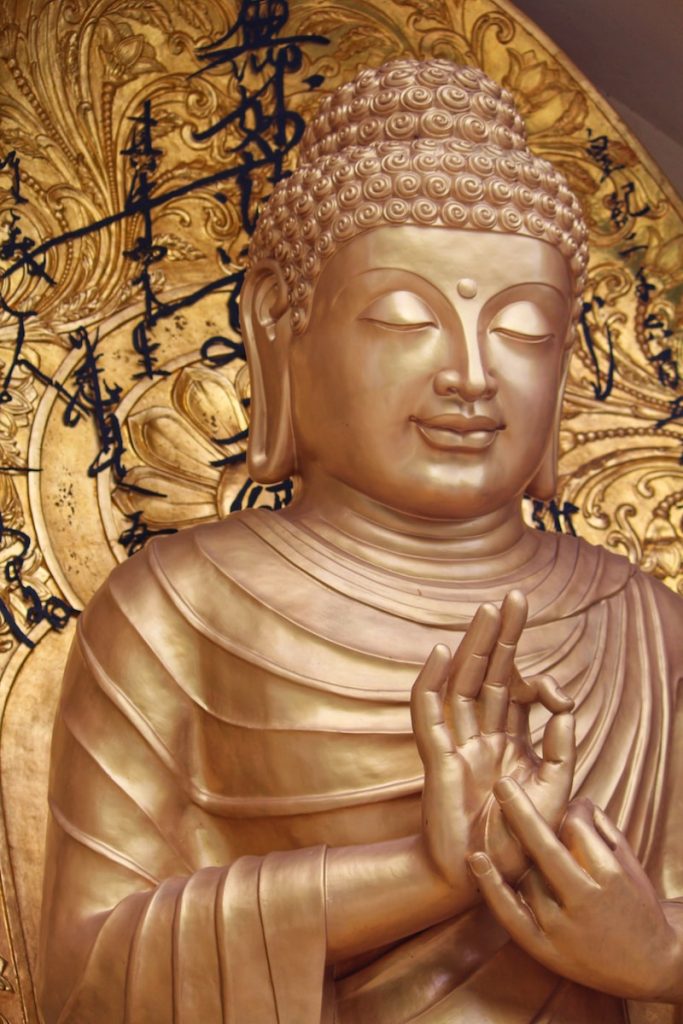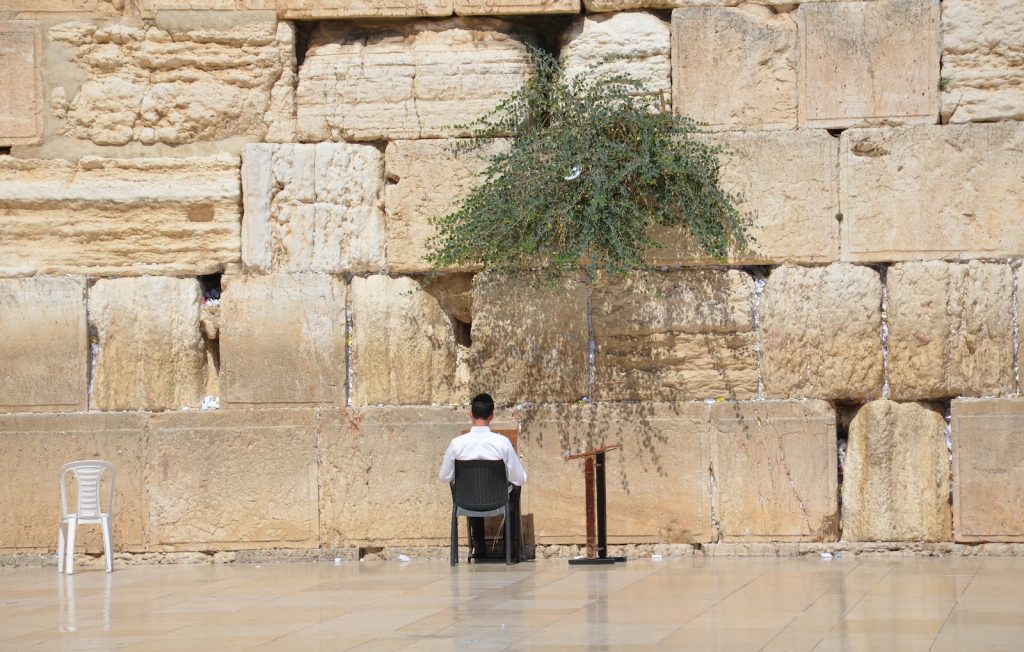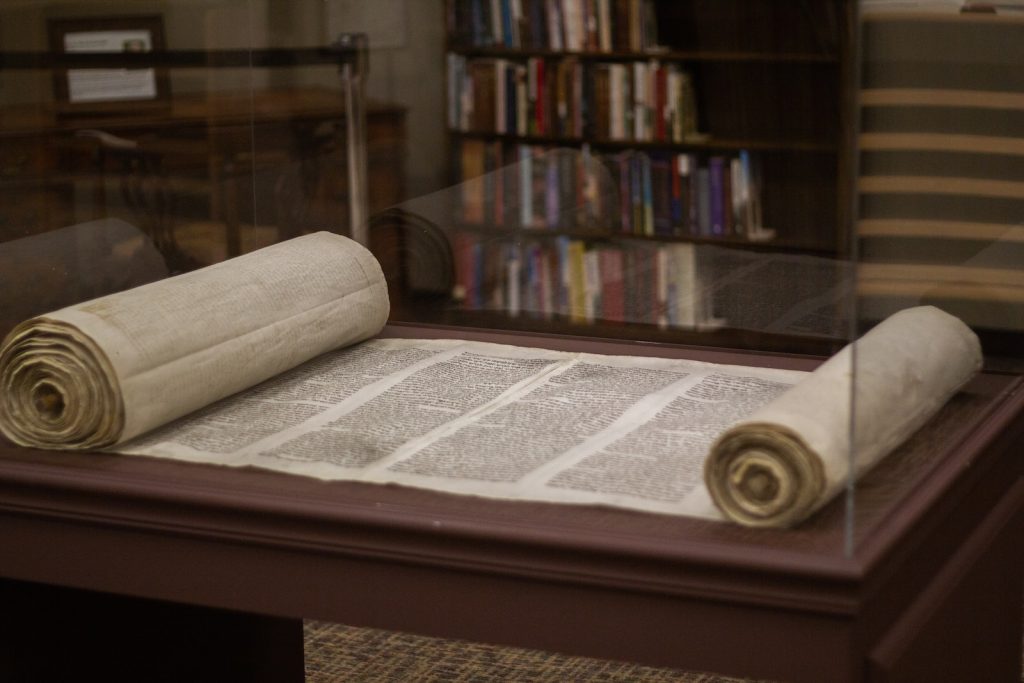Mudras, or symbolic hand gestures, have been an integral part of Hinduism, Buddhism, and Jainism for thousands of years. These gestures are believed to have originated in ancient India and have been passed down through generations of practitioners. Mudras are used to convey various meanings and emotions and are an essential component of spiritual practices.

In Hinduism, mudras are used during meditation and worship to connect with the divine and to channel energy. Each mudra has a specific meaning and is believed to have a unique effect on the body and mind. For example, the Gyan mudra, which involves touching the tip of the index finger to the tip of the thumb, is said to enhance concentration and memory.
Buddhism also has a rich tradition of mudras, which are used during meditation and in various rituals. Mudras are seen as a way to express and embody the teachings of the Buddha. For example, the Abhaya mudra, which involves raising the right hand with the palm facing outwards, represents fearlessness and protection.
Jainism, a religion that emphasizes non-violence and compassion, also uses mudras as a way to connect with the divine. Mudras are used during prayer and meditation and are believed to help calm the mind and promote inner peace. The Anjali mudra, which involves pressing the palms together at the heart center, is a common mudra used in Jainism and is a symbol of respect and gratitude.
Foundations of Mudras in Hinduism

Vedic Origins and Rituals
Mudras, or symbolic hand gestures, have been an integral part of Hinduism for thousands of years. In fact, the Vedas, the oldest Hindu scriptures, mention the use of mudras in various rituals and ceremonies. The term “mudra” comes from the Sanskrit word “mud,” which means “to delight” or “to please.”
In Vedic rituals, mudras were used to invoke the blessings of the gods and goddesses. The priests would perform specific mudras while chanting mantras to connect with the divine. Mudras were also used to convey certain meanings and emotions, such as peace, love, and compassion.
Mudras in Classical Yoga and Texts
Mudras continued to play an important role in Hinduism with the development of classical yoga. In the Yoga Sutras of Patanjali, one of the foundational texts of yoga, mudras are mentioned as a means of achieving different states of consciousness.
There are many different mudras in classical yoga, each with its own specific benefits. For example, the Gyan mudra, or “seal of knowledge,” is believed to enhance concentration and memory, while the Shunya mudra, or “seal of emptiness,” is said to relieve earaches and improve hearing.
Overall, mudras have been an important part of Hinduism for thousands of years, with their origins rooted in Vedic rituals and their continued use in classical yoga and other texts. Through these symbolic hand gestures, practitioners hope to connect with the divine and achieve greater physical, mental, and spiritual well-being.
Mudras in Buddhism

Gestures of the Buddha
Mudras were an essential part of the Buddha’s teachings, and they were used to convey different meanings. The Buddha used mudras to impart his teachings to his disciples, and these gestures were later codified into a system of hand gestures that are still used in Buddhist practices today.
One of the most well-known mudras in Buddhism is the Abhaya Mudra, which is also known as the “Fear Not” mudra. This mudra is made by raising the right hand to shoulder height with the palm facing outwards and the fingers pointing upwards. It is a symbol of protection, fearlessness, and peace.
Another mudra that is commonly seen in Buddhist art is the Dhyana Mudra, which is also known as the “Meditation” mudra. This mudra is made by placing the hands on the lap with the palms facing upwards and the thumbs touching. It is a symbol of meditation, concentration, and inner peace.
Tibetan and Zen Buddhist Practices
In Tibetan Buddhism, mudras are an integral part of tantric practices. These mudras are used to activate different energy centers in the body and to channel the flow of energy in a particular direction. One of the most well-known mudras in Tibetan Buddhism is the Vajra Mudra, which is made by interlocking the fingers with the index fingers pointing upwards and the thumbs touching. It is a symbol of the indestructible nature of the mind.
In Zen Buddhism, mudras are used as a form of meditation and to express different states of mind. The most commonly used mudra in Zen Buddhism is the Gassho Mudra, which is made by placing the hands together in front of the chest with the fingers pointing upwards. It is a symbol of respect, gratitude, and humility.
Overall, mudras have played a significant role in the development of Buddhist practices, and they continue to be an essential part of Buddhist art and meditation.
Symbolism in Jainism

Jainism is an ancient Indian religion that emphasizes non-violence and self-control. It has a rich tradition of symbolism, which is reflected in its art, architecture, and spiritual practices. Here are some of the key symbols and gestures in Jainism:
Tirthankara Statues and Iconography
Tirthankaras are the enlightened beings who have attained liberation from the cycle of birth and death. They are revered as spiritual teachers and role models in Jainism. The statues and images of Tirthankaras are an important part of Jain iconography. They are usually depicted in a seated or standing posture, with their hands in a specific mudra or gesture. The mudras convey different aspects of their teachings and spiritual qualities.
For example, the Abhaya mudra, which is the gesture of fearlessness, is associated with the first Tirthankara, Rishabhdeva. The Dhyana mudra, which is the gesture of meditation, is associated with the 24th Tirthankara, Mahavira. The Varada mudra, which is the gesture of giving, is associated with the 23rd Tirthankara, Parshvanatha.
Rituals and Spiritual Practices in Jainism
Jainism has a rich tradition of spiritual practices and rituals, many of which involve the use of mudras and other symbolic gestures. For example, the Pratikramana ritual is a daily practice of self-reflection and repentance. It involves reciting prayers and performing mudras to express remorse and seek forgiveness for one’s past actions.
Another important ritual in Jainism is the Paryushana festival, which is a time of fasting, prayer, and introspection. During this festival, Jains perform the Samayika mudra, which is the gesture of equanimity. This mudra represents the ideal of remaining calm and composed in the face of adversity.
In conclusion, Jainism has a rich tradition of symbolism, which is reflected in its art, architecture, and spiritual practices. The mudras and other gestures in Jainism convey deep spiritual meanings and are an integral part of its religious and cultural heritage.
Interrelation and Cultural Exchange

Influence Across South Asian Religions
The use of mudras is not limited to a single religion or culture. It has been adopted by various religions of South Asia, including Hinduism, Buddhism, and Jainism. In Hinduism, mudras are used in yoga practices to enhance spiritual and physical well-being. In Buddhism, mudras are used in meditation practices to help focus the mind and achieve enlightenment. In Jainism, mudras are used to symbolize the five great vows of non-violence, truthfulness, non-stealing, celibacy, and non-possession.
The use of mudras has also been influenced by the cultural exchange between these religions. For example, the use of the Namaste mudra, which is a gesture of respect and greeting, is common in both Hinduism and Buddhism. Similarly, the Abhaya mudra, which symbolizes fearlessness, is used in both Buddhism and Jainism.
Transmission to East Asia
The transmission of mudras from South Asia to East Asia occurred through cultural exchange and trade routes. The use of mudras in East Asia can be traced back to the early centuries of the Common Era. In China, mudras were used in Taoist and Confucian practices, and later in Buddhist practices. In Japan, mudras were adopted by the Shingon and Tendai schools of Buddhism.
The adoption of mudras in East Asia also led to the development of new mudras. For example, the Kannon-in mudra, which is used to invoke the bodhisattva of compassion, was developed in Japan. Similarly, the use of mudras in martial arts, such as in the practice of Tai Chi, is a result of the influence of Taoist and Buddhist practices.
In conclusion, the use of mudras in South Asian religions and their transmission to East Asia demonstrate the interconnectedness of cultures and religions. The adoption and adaptation of mudras in different contexts reflect the diversity and richness of human expression and creativity.
Contemporary Use and Global Spread

Mudras have been practiced for centuries in Hinduism, Buddhism, and Jainism, and they continue to be an integral part of these religions today. However, mudras have also gained popularity outside of these religious contexts and have been adopted by many individuals as a form of meditation and healing practice.
In recent years, mudras have gained significant attention in the Western world, with many yoga and meditation practitioners incorporating them into their daily routines. This has led to the creation of various mudra-based healing and meditation programs, which have gained popularity globally.
Mudras are often used in conjunction with other meditation practices, such as pranayama (breathing exercises) and asanas (yoga postures), to enhance their benefits. They are also used in alternative medicine practices, such as Ayurveda, to treat a variety of physical and mental ailments.
Some popular mudras used in contemporary practice include:
- Gyan Mudra: This mudra is commonly used in meditation and is believed to enhance concentration and improve memory.
- Prana Mudra: This mudra is believed to increase vitality and energy levels.
- Shunya Mudra: This mudra is used to alleviate ear-related problems and is believed to improve communication skills.
Overall, the global spread of mudras highlights the universal appeal and effectiveness of these symbolic gestures in promoting physical, mental, and spiritual well-being.
Dr. Harlan Kilstein is a certified yoga teacher, hypnotherapist, and a teacher of the Law of Attraction since 1975.
After an immersion in yoga and his certification by the Yoga Alliance, he began studying mudras and invented Finger Healing.




